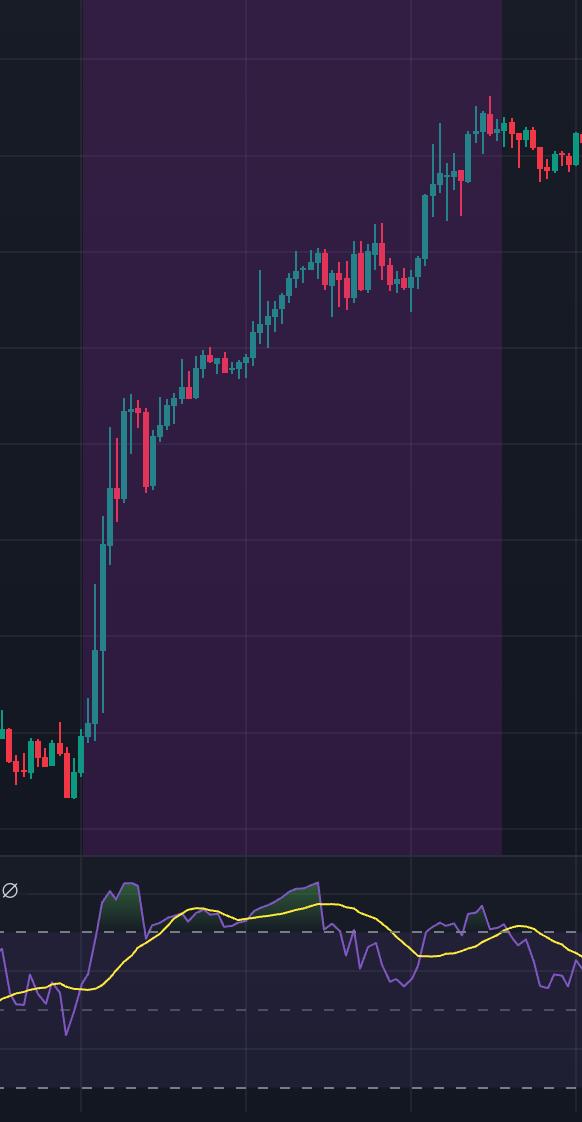Technical Analysis Course #10: RSI beyond overbought/oversold -> advanced RSI strategies for precision trading
Hello, fellow traders and welcome to the lesson #10 of the Technical Analysis course.
Today we’re diving into the Relative Strength Index (RSI).
Before you dismiss RSI as too simplistic, think about this:
How many times have you been caught on the wrong side of a trade because the market kept pushing higher, even when indicators screamed "overbought"?
Or worse, dumped lower despite an "oversold" condition?
RSI on its own might fail in trending markets, but when used with more advanced techniques like spotting divergences and multi-timeframe analysis, it will help you catch the market's pulse before anyone else sees it coming.
If you like my writing, please leave a like and/or a comment and share it with your trader friends!
As always, I’ll be using the XAU/USD chart, tons of visuals, and the TradingView platform to illustrate all the concepts.
What is the RSI
The Relative Strength Index (RSI) is a momentum oscillator that measures the speed and change of price movements.
It ranges from 0 to 100, with key levels at 30 (oversold) and 70 (overbought).
The simplest RSI strategy is this:
RSI below 30 → Gold is cheap → buy signal.
RSI above 70 → Gold is expensive → sell signal.
But here's the catch:
In strong trending markets—and Gold often trends hard—the RSI can stay in overbought or oversold conditions for extended periods.
Imagine you short Gold at $2,000 because the RSI is above 70, but it keeps climbing to $2,100 before it turns. You’re stuck, and the losses pile up. So, while those RSI levels are useful, traders don't rely on them alone.
The real strength of the RSI comes in divergences. Here are 6 major types
Divergences occur when price action and RSI readings move in opposite directions.
The most exciting and useful thing about them is that these divergences often occur
Keep reading with a 7-day free trial
Subscribe to The Gold Trader to keep reading this post and get 7 days of free access to the full post archives.



